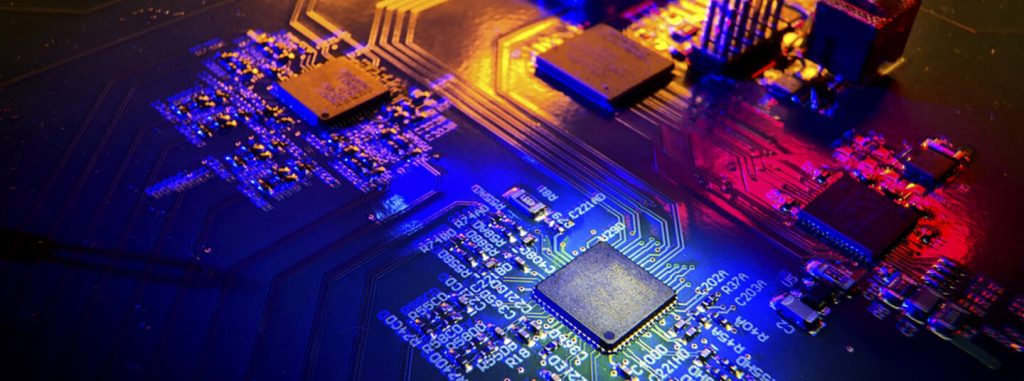
What is science technology and innovation? This trifecta of human endeavor fuels progress, shapes our future, and addresses critical global issues. From revolutionary scientific discoveries to game-changing technologies, innovation lies at the heart of societal advancement. Many people struggle to grasp the complexities of these interconnected fields, and this article aims to demystify them and unlock the potential within each of them. This article will delve into the fundamental concepts of each field, highlight the interplay between them, and demonstrate practical applications in various sectors. We will also discuss the challenges and opportunities associated with innovation, highlighting strategies to foster progress. The structure of this article will be as follows: first, we’ll define each concept individually; second, we’ll examine their interconnectedness; third, we’ll explore practical applications; and finally, we’ll discuss future prospects and challenges.
Defining Science
The Scientific Method
Science, at its core, is a systematic approach to understanding the natural world. It relies on empirical evidence, observation, experimentation, and the scientific method to develop testable hypotheses. This method involves forming a hypothesis, designing experiments to test it, analyzing results, and drawing conclusions based on the evidence. Examples range from groundbreaking research in physics to meticulous studies in biology. Rigorous scientific inquiry is vital for advancing knowledge and solving complex problems. The peer-review process ensures that research findings are rigorously scrutinized before publication, adding an essential layer of quality control.
The Branches of Science
Science encompasses a vast range of disciplines, including but not limited to physics, chemistry, biology, and astronomy. Each branch focuses on a specific aspect of the natural world, employing distinct methodologies and tools for investigation. The interconnectedness of these disciplines is often crucial in tackling complex problems, such as understanding climate change or developing new medical treatments. For example, the development of new drugs frequently requires a comprehensive understanding of biological processes, chemical interactions, and physical principles.
Understanding Technology
The Evolution of Technology
Technology, in its broadest sense, is the application of scientific knowledge for practical purposes. From the invention of the wheel to the development of sophisticated computer networks, technology has fundamentally altered human societies and daily life. The evolution of technology is often characterized by iterative advancements and innovations that build upon existing knowledge and tools. This constant cycle of improvement drives efficiency, accessibility, and better living standards.
Technological Applications in Various Sectors
The application of technology extends across various sectors, from healthcare and agriculture to manufacturing and transportation. The use of technology has been crucial in improving productivity, promoting global connectivity, and enhancing safety in many areas. Consider the impact of automation in manufacturing, the use of telemedicine to deliver healthcare services remotely, and the role of digital platforms in connecting people globally.
Innovation as the Catalyst
The Innovation Process
Innovation is the process of creating something new or significantly improving an existing product, process, or service. It encompasses creativity, problem-solving, and the implementation of novel ideas. Innovation hinges on understanding the needs of the target audience and developing solutions that meet those needs effectively. From developing a new smartphone application to revolutionizing a manufacturing process, innovation fuels progress and progress is propelled forward.
Innovation in Different Industries
Innovation is not exclusive to any one industry; it is a driving force in many industries. Examples include sustainable agricultural practices, developing new energy technologies, and designing cutting-edge medical devices. These innovations directly impact society by reducing waste, conserving resources, improving healthcare, and creating new economic opportunities.
The Interplay of Science, Technology, and Innovation
How Science Fuels Technology
Science provides the fundamental knowledge and understanding that form the basis of technological advancement. Scientific discoveries about the natural world enable engineers and innovators to develop new technologies that address societal challenges and improve quality of life. The relationship between science and technology is a symbiotic one that continually drives progress.
Innovation as a Catalyst for Further Advancement
Innovation plays a pivotal role in bridging the gap between scientific discoveries and practical applications. By taking scientific knowledge and transforming it into practical solutions, innovation moves society forward and builds upon prior knowledge in order to move us further along.
The Cycle of Advancement
Innovation frequently creates new scientific questions and generates further research, initiating a dynamic cycle of scientific discovery, technological advancement, and creative problem-solving.
Real-World Examples of Science, Technology, and Innovation
Medical Advancements
Medical advancements exemplify the power of science, technology, and innovation to enhance human well-being. From developing new drugs to improving medical imaging techniques, technological and scientific innovation has dramatically increased the ability to cure and treat illnesses. The development of vaccines, for instance, has eradicated numerous infectious diseases.
Technological Advancements in Transportation
Transportation is another field significantly impacted by innovation. Self-driving cars, advancements in aviation technology, and high-speed rail systems are examples of how science, technology, and innovation are shaping transportation systems. These improvements impact efficiency, safety, and the accessibility of transportation for people everywhere.
In conclusion, science, technology, and innovation are intertwined forces that drive progress and shape our world. Understanding the interplay between these three elements is crucial for navigating the challenges and opportunities of the future. By embracing innovation, we can solve global problems and improve the quality of life for all. To delve deeper into this fascinating area, explore our other articles on cutting-edge advancements and real-world applications of science, technology, and innovation.